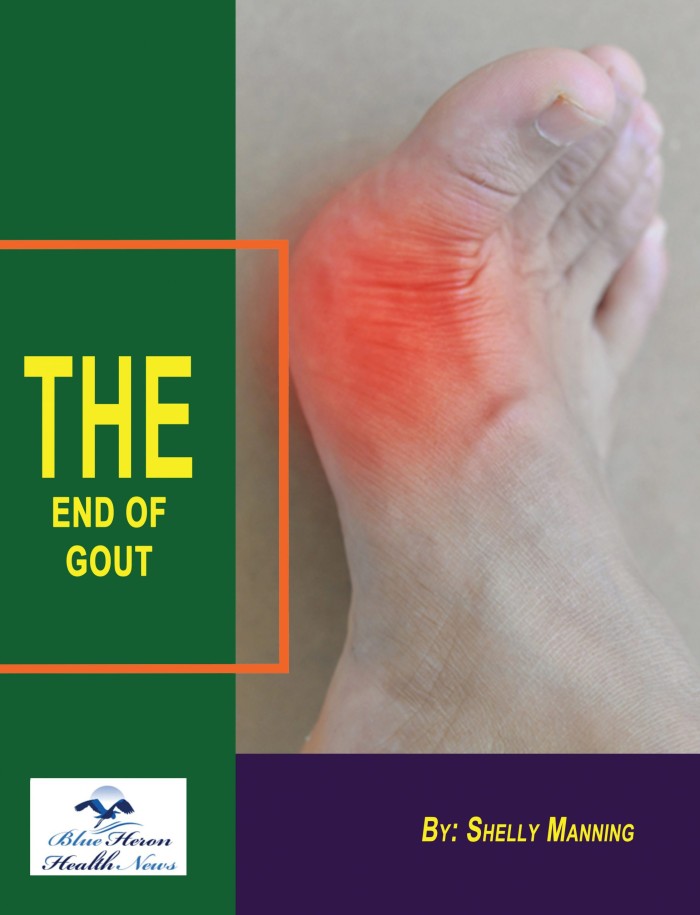Environmental Factors Influencing Gout
Environmental factors play a significant role in the development and management of gout, interacting with genetic predispositions and lifestyle choices to influence the likelihood of hyperuricemia (elevated uric acid levels) and gout attacks. Understanding these environmental factors is crucial for both preventing gout in at-risk populations and managing the condition in those already affected. Here’s a detailed look at the key environmental factors influencing gout:
1. Diet and Nutrition
High-Purine Foods
- Impact on Uric Acid Levels:
- The consumption of high-purine foods, such as red meat, organ meats, seafood, and certain vegetables like spinach and asparagus, can significantly increase uric acid levels. Purines are metabolized into uric acid in the body, and excess intake can lead to hyperuricemia, a major risk factor for gout.
- Dietary Changes:
- Reducing the intake of high-purine foods can lower uric acid levels and reduce the risk of gout attacks. Emphasizing low-purine foods like fruits, vegetables, whole grains, and low-fat dairy products can help manage the condition.
Alcohol Consumption
- Alcohol as a Risk Factor:
- Alcohol, particularly beer and spirits, is strongly associated with increased gout risk. Alcohol can raise uric acid levels by increasing its production and reducing its excretion. Beer, in particular, contains high levels of purines derived from brewer’s yeast, exacerbating the risk.
- Impact of Different Types of Alcohol:
- Beer and spirits pose a greater risk for gout compared to wine. Even moderate alcohol consumption can trigger gout in susceptible individuals, especially during or shortly after a meal rich in purines.
Sugary Beverages and High-Fructose Corn Syrup
- Fructose Metabolism:
- Sugary beverages, including sodas and fruit juices sweetened with high-fructose corn syrup, can increase uric acid levels. Fructose is metabolized in the liver, where it accelerates the breakdown of purines into uric acid.
- Gout Risk:
- Regular consumption of sugary drinks is associated with an increased risk of gout, particularly in individuals who already have high uric acid levels or other risk factors for gout.
2. Obesity and Physical Inactivity
Obesity
- Increased Uric Acid Production:
- Obesity is one of the most significant risk factors for gout. Excess body fat increases the turnover of purines, leading to higher uric acid production. Additionally, obesity is often associated with insulin resistance, which impairs uric acid excretion by the kidneys.
- Chronic Inflammation:
- Obesity contributes to a state of chronic low-grade inflammation, which can exacerbate gout by promoting an exaggerated inflammatory response to urate crystals in the joints.
Physical Inactivity
- Weight Gain and Uric Acid Levels:
- A sedentary lifestyle can contribute to weight gain and obesity, further increasing the risk of hyperuricemia and gout. Physical inactivity also negatively affects insulin sensitivity, which is linked to impaired uric acid excretion.
- Exercise as Prevention:
- Regular physical activity helps maintain a healthy weight, improves insulin sensitivity, and supports overall metabolic health, all of which reduce the risk of gout. Low-impact exercises such as walking, swimming, and cycling are particularly beneficial.
3. Climate and Temperature
Cold Temperatures
- Crystal Formation:
- Gout attacks are more likely to occur in cooler parts of the body, such as the big toe. This is because lower temperatures can promote the crystallization of uric acid. Cold weather can exacerbate this effect, increasing the likelihood of an acute gout attack.
- Seasonal Variation:
- Some studies suggest that gout attacks are more common during colder months, possibly due to a combination of cold temperatures, reduced physical activity, and dietary changes during the winter season.
4. Dehydration
Effect on Uric Acid Concentration
- Impaired Kidney Function:
- Dehydration reduces the volume of urine produced by the kidneys, concentrating uric acid in the blood and urine. This increases the risk of uric acid crystallization and gout attacks.
- Risk of Gout Attacks:
- Individuals who do not consume adequate fluids, particularly water, are at greater risk of developing hyperuricemia and experiencing gout attacks. This risk is heightened in environments where dehydration is more likely, such as hot climates or during strenuous physical activity.
5. Stress
Impact on Gout
- Physiological Stress:
- Physical or psychological stress can trigger gout attacks in susceptible individuals. Stress increases the production of certain hormones, like cortisol, which can influence uric acid metabolism and lead to a sudden rise in uric acid levels.
- Inflammatory Response:
- Stress also contributes to an exaggerated inflammatory response, which can exacerbate the severity of gout attacks by increasing the body’s reaction to urate crystals in the joints.
6. Occupational and Environmental Exposures
Lead Exposure
- Lead and Kidney Function:
- Chronic exposure to lead, historically through lead-based paints or contaminated water, can lead to lead nephropathy, a condition that impairs kidney function. This impairment reduces the kidneys’ ability to excrete uric acid, increasing the risk of hyperuricemia and gout.
- Historical Context:
- Gout was historically more common among individuals exposed to high levels of lead, such as those working in certain industrial settings or drinking beverages stored in lead-containing vessels.
Dietary Patterns Linked to Occupation
- High-Calorie, High-Purine Diets:
- Occupations that involve high levels of physical activity, such as manual labor, may be associated with diets rich in meat and alcohol, which are high in purines. This dietary pattern can increase the risk of gout, particularly if combined with other risk factors like obesity.
7. Altitude
Hypoxia and Uric Acid Levels
- Altitude-Related Hyperuricemia:
- Living at high altitudes can lead to hypoxia (low oxygen levels), which increases the breakdown of ATP (adenosine triphosphate) and results in higher uric acid production. This condition can contribute to elevated uric acid levels and a higher risk of gout.
- Dehydration at Altitude:
- The diuretic effect of being at high altitudes can also lead to dehydration, further concentrating uric acid and increasing the likelihood of gout attacks.
8. Access to Healthcare and Medications
Healthcare Availability
- Delayed Diagnosis and Treatment:
- In areas with limited access to healthcare, gout may be underdiagnosed or untreated, leading to more severe manifestations of the disease. Early intervention with uric acid-lowering therapies is critical for preventing the progression of gout.
- Medication Accessibility:
- Access to medications that manage uric acid levels, such as allopurinol or febuxostat, can vary depending on geographic location, healthcare infrastructure, and economic factors. In areas where these medications are not readily available, individuals may be at higher risk of recurrent gout attacks.
Summary
Environmental factors significantly influence the risk and management of gout. Diet and nutrition, including the consumption of high-purine foods, alcohol, and sugary beverages, play a central role in elevating uric acid levels. Obesity and physical inactivity contribute to hyperuricemia and gout, while factors like dehydration, stress, and cold temperatures can trigger acute attacks. Occupational and environmental exposures, such as lead or high altitudes, further complicate the risk landscape. Understanding these factors allows for better prevention strategies and more effective management of gout, particularly in those who are genetically predisposed or have other risk factors.

